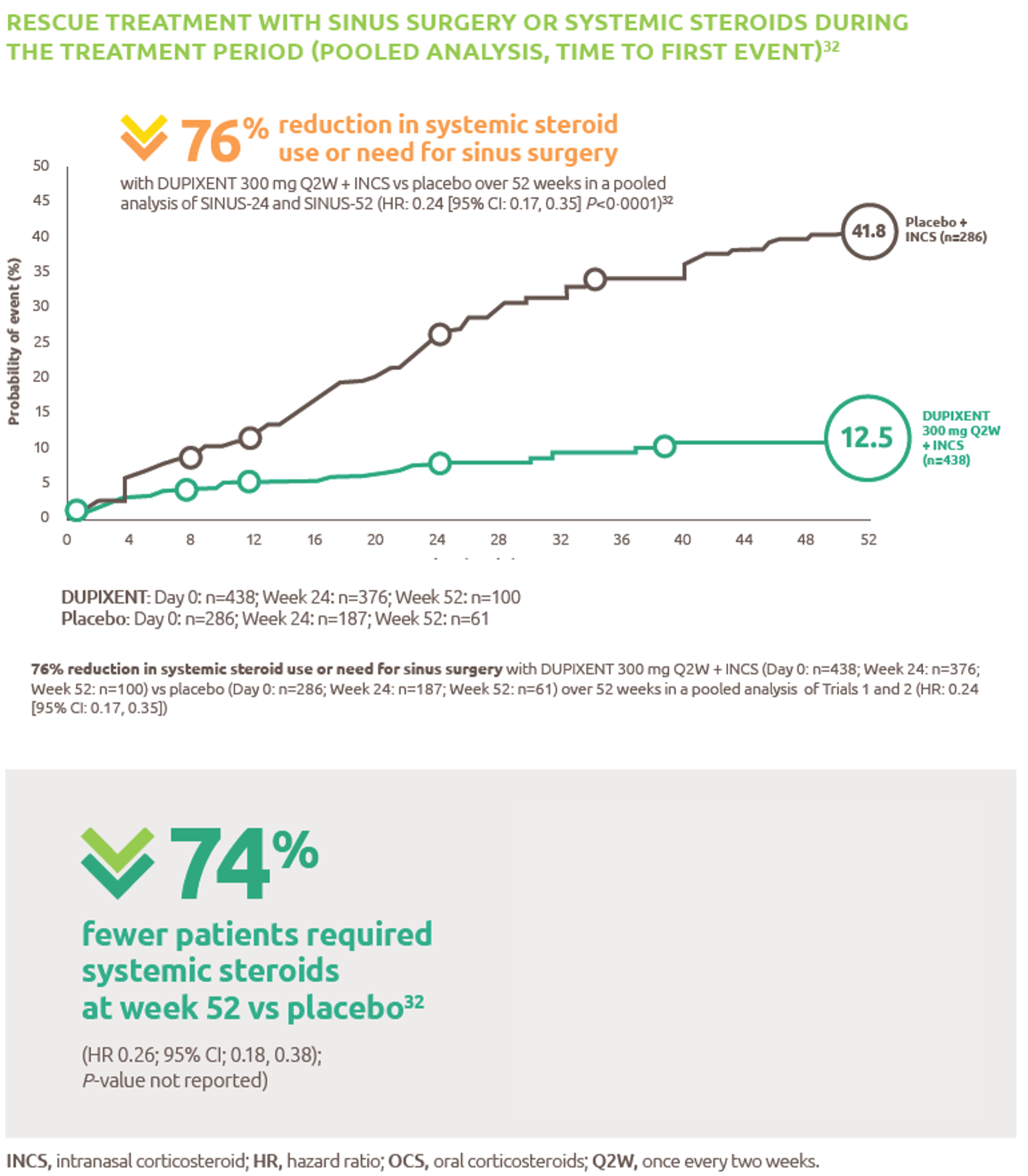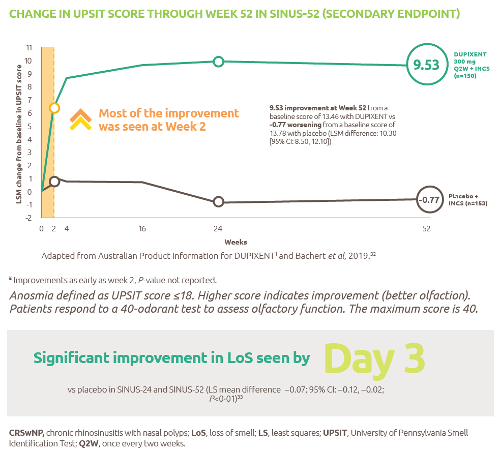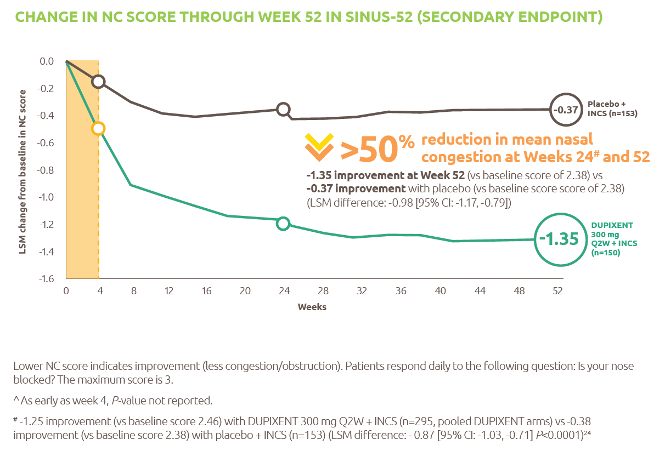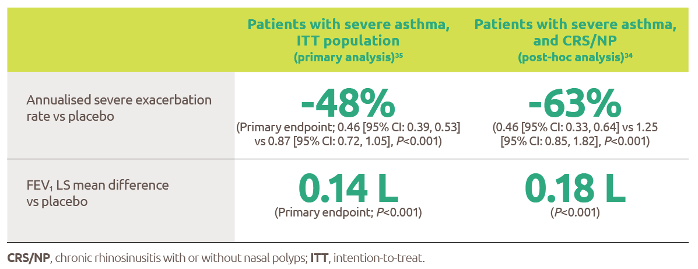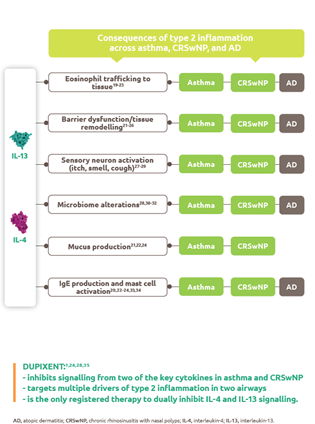.png/jcr:content.png)
Influenza
Discover timely medical updates and key resources on preventing and controlling influenza – helping you stay informed and improve patient outcomes.
*Image is not an actual patient.
About influenza (the flu)
The challenges of influenza
Influenza is an acute viral respiratory infection that can affect people of all ages of varying severity, ranging from asymptomatic infection to fatal disease. The virus spreads via virus-containing respiratory droplets produced during coughing or sneezing and can be transmitted through direct contact from person-to-person or indirectly via contaminated surfaces. Serious complications can develop from influenza like pneumonia which can result in hospitalisation or death. The simplest and most effective way to prevent influenza is vaccination.1-3
Signs and symptoms
The incubation period for the disease is about 2 days. Typical influenza symptoms usually start abruptly and include fever, dry cough, chills, sore throat, headache, sore throat, myalgia & fatigue. Whilst most people recover within a week without requiring medical attention, some may develop complications. Complications include primary influenza viral pneumonitis, bacterial pneumonia, myocarditis, neurological complications, otitis media and exacerbation of underlying chronic conditions, which can lead to hospitalisation and death. Illness tends to be most severe in older adults, in infants and young children, and those that are immunocompromised, however, previously healthy people can also have severe complications. 1-3
Virology
The influenza viruses are single-stranded RNA orthomyxoviruses. They are classified antigenically as types A, B or C, but generally only influenza A and B cause severe disease in humans.
Influenza viruses have two surface glycoprotein antigens: the haemagglutinin (H), which is involved in cell attachment during infection, and the neuraminidase (N), which facilitates the release of newly synthesised virus from the cell.
Influenza A viruses can be classified into subtypes based on differences in these surface antigens, whereas influenza B cannot.
Antibodies against the surface antigens, particularly the haemagglutinin, reduces infection or severe illness due to influenza.3
Diagnosis
Influenza can be clinically diagnosed, although this can be difficult as it does share similar symptoms to other respiratory viruses like the common cold or COVID-19.4
Laboratory tests are required to confirm an influenza infection. Nose or throat swabs can be performed for testing by rapid antigen-based tests, viral culture, or molecular methods, like polymerase chain reaction (PCR). Serological diagnosis of influenza infection can also be made by measuring antibodies in blood samples.1,2
Prevention
Influenza vaccination is a safe & effective way to prevent influenza and its complications, and high vaccination coverage rates are important every year to prevent influenza.1,3
Annual influenza vaccination is recommended for everyone ≥6 months of age in Australia.3
Please find an overview of the total number of Australians vaccinated against influenza since 2020 below.5
Number of Australians Vaccinated 2022-2024 5
|
Year |
Total Australians Vaccinated |
Number of <5s Vaccinated |
Number of 5-64s Vaccinated |
Number of 65+ Vaccinated |
|
2022 |
11,098,445 |
581,875 |
7,075,256 |
3,441,314 |
|
2023 |
9,331,570 |
499,255 |
5,572,287 |
3,260,028 |
|
2024 |
8,786,233 |
445,871 |
5,110,672 |
3,229,690 |
Apart from vaccination and antiviral treatment, there are other everyday personal protective measures that can be taken to prevent contracting & transmitting influenza like1-3:
- Regular hand washing with proper drying of the hands
- Avoiding touching one’s eyes, nose or mouth
- Covering the mouth and nose when coughing or sneezing, using tissues and disposing of them correctly
- Those feeling unwell, feverish and having other symptoms of influenza should stay home from work, school and social gatherings.
Epidemiology
Influenza activity varies from year to year and is dependent on the circulating virus and the level of immunity in the population. Minor or major epidemics of influenza A or influenza B influenza occur in most years, usually during the winter months.3
Whilst influenza impacts people of all ages, older adults (>65 years of age), children <5 years of age, Indigenous Australians and people with underlying medical conditions are at high risk of influenza & its complications.3
An estimated 3,000 deaths and 18,000 hospitalisations are associated with influenza annually in Australia.6
Over the past few years, the number of laboratory-confirmed cases of influenza have ranged from approximately 200,000 to over 300,000. Over the past several years, we have seen significant cases of influenza except through the COVID-19 pandemic where travel restrictions, lockdowns, social distancing restrictions & extra hygiene measures resulted in low influenza circulation. Pre-pandemic we had 2 record influenza seasons in proximity: in 2017 (233k cases) & in 2019 (313k cases) since the 2009 swine flu pandemic (38k cases). 7-12
Post-pandemic we have seen unusual patterns of influenza activity (with cases peaking earlier than normal) and cases of influenza rise back to pre-pandemic levels (2024: 366k cases, 2025 YTD June: 146k cases).12,13
Treatment
Treatment can include relieving symptoms. Antiviral medications can also be used to reduce the severity and durations of symptoms of influenza, but these ideally need to be administered early (within 48 hours of the onset of symptoms).1-2
Featured content

Register to receive full access (Healthcare Professionals Only)
Are you a registered healthcare professional?
Register in less than a minute to access the latest updates and resources to support your practice and help deliver better outcomes for your patients.

Healthcare Worker Hub
Your dedicated hub for Staff Health Coordinators. Get innovative tools, educational content, and ready-to-use materials to boost flu vaccine uptake and protect your staff and patients.
Can’t find what you’re looking for?
Search our extensive Content Library
- WHO. Influenza (seasonal). http://www.who.int/mediacentre/factsheets/fs211/en/. Accessed April 2025.
- NCIRS. Influenza FAQ. https://ncirs.org.au/influenza/influenza-vaccines-frequently-asked-questions-faqs Accessed April 2025.
- Department of Health. Australian Immunisation Handbook - Influenza. https://immunisationhandbook.health.gov.au/vaccine-preventable-diseases/influenza-flu. Accessed April 2025.
- Department of Health. Coronavirus (COVID-19) https://www.health.gov.au/topics/covid-19/covid-19-symptoms-spread-prevention Accessed April 2025.
- Australian Government Department of Health. Influenza Immunisation data 1 March to 6 October 2021-2024. https://www.health.gov.au/sites/default/files/2024-10/influenza-flu-immunisation-data-1-march-to-6-october-2021-2024.pdf Accessed April 2025.
- Menzies RI et al. Med J Aust 2017;206(6):238–39
- Department of Health. Australian Influenza Surveillance Report No. 12 2021. https://www1.health.gov.au/internet/main/publishing.nsf/Content/cda-surveil-ozflu-flucurr.htm Accessed April 2025.
- Department of Health. Australian Influenza Surveillance Report – 2019 season summary https://www1.health.gov.au/internet/main/publishing.nsf/Content/ozflu-surveil-season-summary-2019.htm Accessed April 2025.
- Department of Health. Australian Influenza Surveillance Report – 2017 season summary. https://www1.health.gov.au/internet/main/publishing.nsf/Content/ozflu-surveil-2017-final.htm Accessed April 2025.
- Department of Health. Australian Influenza Surveillance Report No. 32 2009. https://www1.health.gov.au/internet/main/publishing.nsf/Content/cda-ozflu-no32-09.htm Accessed April 2025.
- Australian Government. Department of Health. Australian Influenza Surveillance Report - 2020 National Influenza Season Summary. Available at: https://www1.health.gov.au/internet/main/publishing.nsf/Content/ozflu-surveil-season-summary2020.htm#current Accessed April 2025.
- Australian Government. Department of Health. Australian Respiratory Surveillance Report Available at: https://www.health.gov.au/resources/collections/arsr?language=en Accessed April 2025.
- Department of Health. National Notifiable Disease Surveillance System. https://nindss.health.gov.au/pbi-dashboard/ Accessed April 2025
MAT-AU-2501317 - 1.0 - 06/2025















.webp/jcr:content/RESP-ICT2-Wark_400X300%20(1).webp)
.webp/jcr:content/RESP-ICT2-Stone_400X300%20(1).webp)
.webp/jcr:content/RESP-ICT2-Tellus_400X300%20(1).webp)



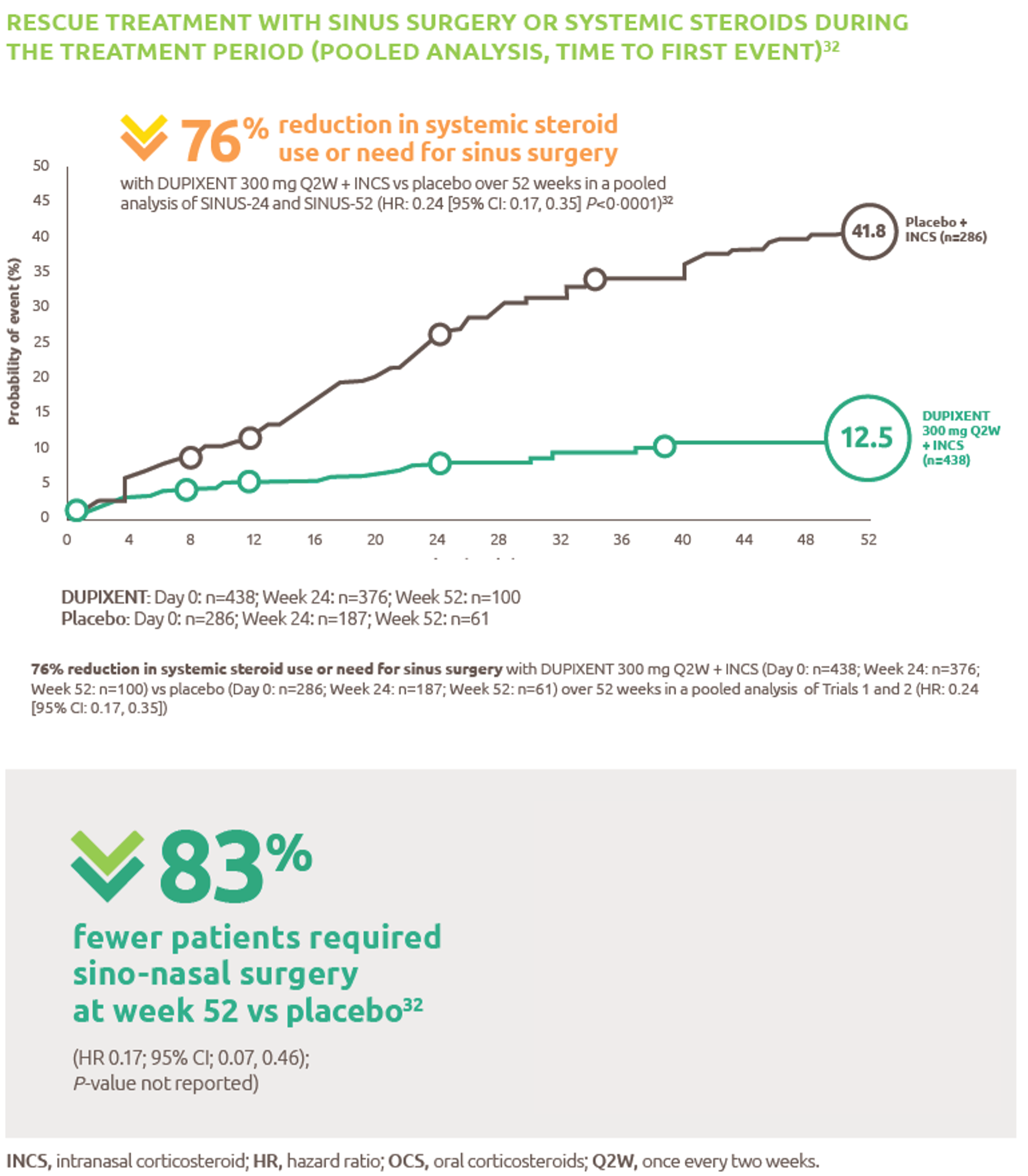

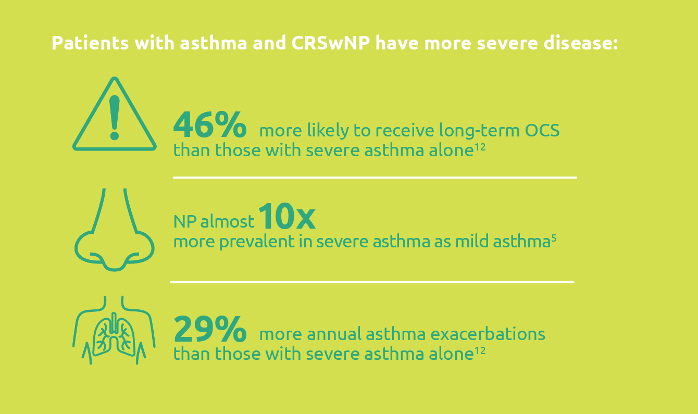.png)
